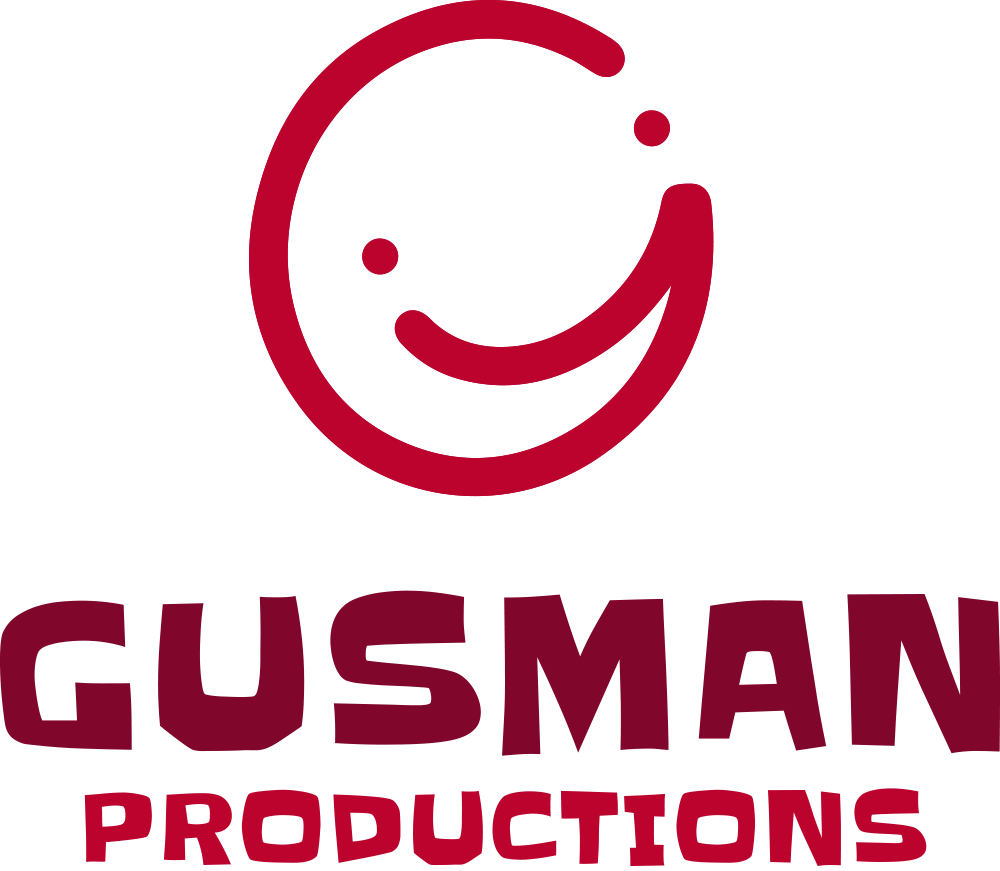Comedy in Brand and Marketing… why is it so dry, and why we’re on a mission to change it?
Comedy in advertising isn’t really comedy anymore. We’ve reached the point where people are so scared to do comedy that they’ve essentially stopped.
Which is odd, as the comedy scene itself is thriving. In the last ten years, Netflix alone has worked with over 200 comedians who have appeared in more than 350 specials.
2022 saw a 127% increase in comedy show attendance compared to 2019, and in the US alone in 2023, comedy tours for the top 30 acts took in just over half a billion dollars in ticket sales.
So, Where’s The Disconnect?
We see four key issues relating to comedy in advertising.
Function Over Form
First, where an ad is placed seems to have become more important than the content. That means that Comedy in advertising doesn’t need to be funny; it just needs to be wherever the media agency decides to put it. We get it, but it is possible to do both. A recent study by WARC shows:
“High-quality creative drives advertising effectiveness. Nielsen Catalina’s analysis of 500 CPG campaigns found that 49% of a brand’s sales lift from advertising can be attributed to the quality of the creative, while Data2Decisions’ analysis of over 1,500 different advertising profitability levers found that creative quality was a 12-fold advertising profitability multiplier.”
WARC also outlined:
“Creative quality drives 56% of impact on purchase intent and is important for increasing awareness, shaping consumer opinion.”
That’s a lot of uplift attributed to creativity, and we’re due for a wake-up call on the effectiveness of marketing campaigns. It used to be that the ‘idea won’, as it wouldn’t matter where an ad was placed if it was good; if it were truly funny, it would be commented on, shared and discussed, and word-of-mouth is still the most powerful form of advertising. Now ‘numbers’ win and the creative has obviously taken a back seat. This is odd, as ‘virality’ outside of marketing is still the biggest driver of something reaching millions, if not billions, of eyeballs.
Fear Over Anything Else
The second is fear. This works both ways; if you push it too far, you get cancelled. If you do something that’s meant to be comedy that isn’t actually funny, you get roundly abused for it.
A 2022 Report by Oracle stated:
“90 percent (of people) are more likely to remember ads that are funny, yet business leaders said that only 20 percent of their brands' offline ads (TV, billboards) and 18 percent of their online ads actively use humor.”
Which is shocking, right? Further, the report outlined:
“Humor can help to improve brand connection, with 78% of respondents to the survey, which was conducted by Savanta in January, saying brands can do more to deliver happiness. Additionally, 48% of respondents said they don’t believe they have a relationship with a brand unless it makes them smile or laugh and 41% said they would step away from a brand if it doesn’t make them smile or laugh regularly.”
If humour isn’t part of your next advertising campaign, you need to rethink what you’re doing! Listen to Andrew Robertson, chief executive officer at Omnicom-owned creative agency BBDO Worldwide, who gave a keynote speech at Cannes in 2023 urging marketers to return to humour. “If brands are truly looking to make the world a better place,” the executive said, “we could do a lot worse than make people laugh.”
The Right People For The Job
That being said, the third is that, often, comedy in advertising isn’t actually created by a comedian, it’s done by an agency team. Having worked in an agency, they’re a lot of fun, but no one in an ad agency has made a crowd of people laugh for an hour. We’re not suggesting you replace your agency team, but we’re suggesting that we can help get some very funny practitioners involved in helping you develop comedy content!
Suits You, Sir! The Power Of The Comedy Catchphrase
The fourth is the need for more consistency. Marketing campaigns often don’t get off the ground because they’re pulled too soon before they can breathe. We had an epiphany recently when the Gusman Team went to see The Fast Show Live on its anniversary tour, celebrating 30 years of the iconic sketch show. It was a ludicrously joyous look back at one of the best sketch shows ever, with all the classic characters performing their roster of laugh-out-loud catchphrases that fans of the show still regularly quote.
“Brilliant!”
“Scorchio!”
“Which Was Nice”.
“Does My Bum Look Big In This”.
“You Ain’t Seen Me, Right?”
If you could capture the repeat quality of a classic catchphrase, that would be brand gold! I saw a brilliant quote the other day on the page of Graham Daldry, the creative behind the “Should Have Gone To Specsavers” campaign:
“Repetitive messaging wastes money. Repeated messaging is free.”
It’s so true! If you could capture the repeated quality of a great comedy catchphrase with your company strapline and use humorous messaging, the repeatable gag would do the marketing work for you.
That’s what we offer at Gusman: a chance to use professional comedy writers in your marketing to punch through with your messaging with shareable and, hopefully, memorable content. We can’t promise we’ll come up with the next “Should Have Gone To Specsavers”, but we’ll find something that definitely “Suits You”.

